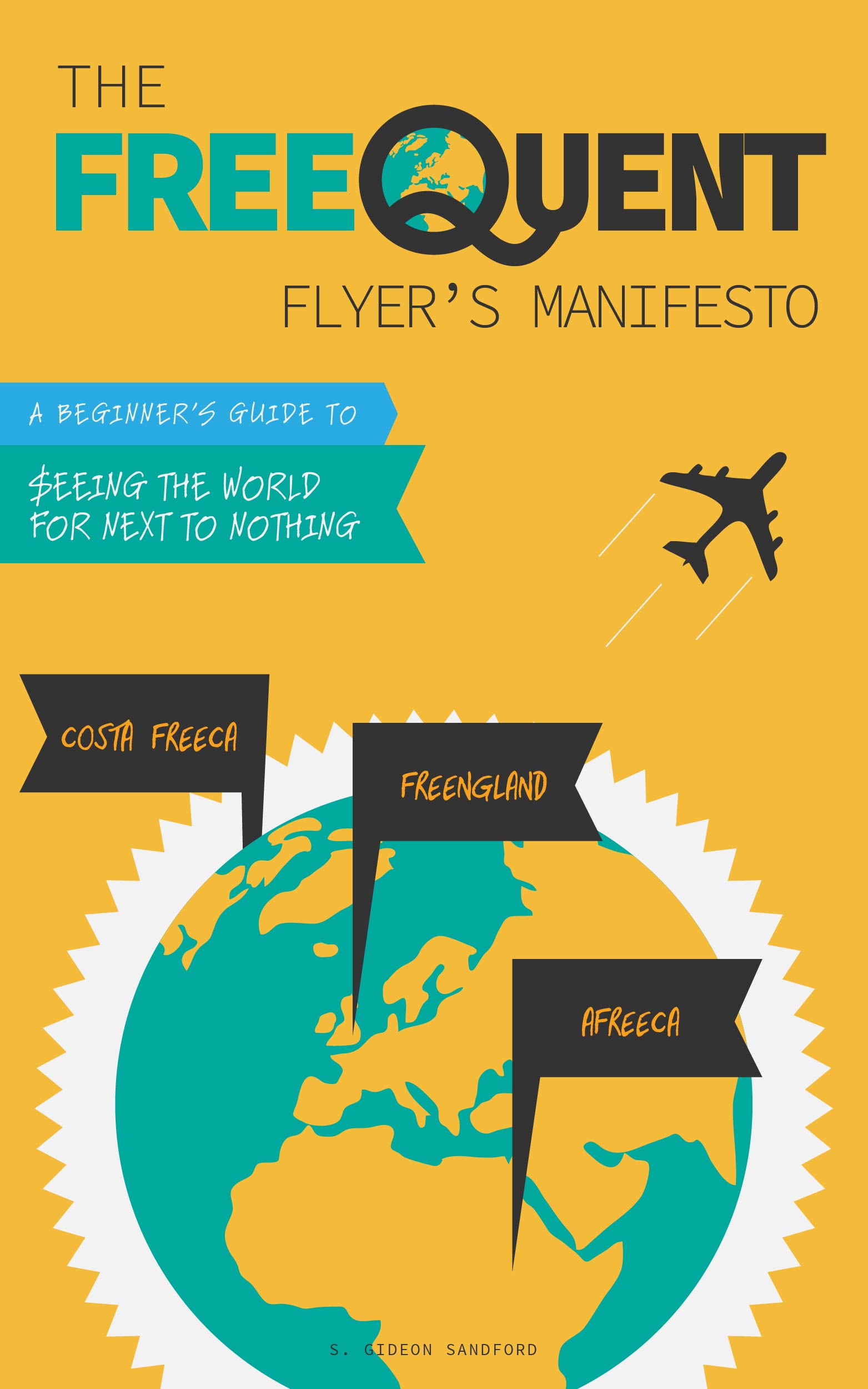I just bricked my Bluebird account (for the next 28 days)
/Today I'm going to share a very simple, very stupid mistake I made. In fact it's so simple, and so stupid, that it's unlikely to help any of my readers. But sharing is still caring, so here we go.
Background
I manage 3 full-service prepaid American Express cards: one Bluebird account (in my name), one Serve account and one Target Prepaid REDcard account (I haven't moved that one to Serve yet).
For the first year or so of managing the Serve card, the bill pay function simply didn't work. I assume this was a version of the e-mail address bug that afflicted quite a few people, but I didn't worry about it, for two reasons. First, since the bill pay function on my Bluebird account has always worked, I could simply send $2,500 per month to that account and pay my credit card bills from there. Second, I also control the external checking account linked to the Serve account, so could simply withdraw the remaining $3,500 monthly and pay my bills from that account.
When a Prepaid REDcard came under my control, I followed the same pattern, except the card wasn't linked to an external checking account, so I only manufactured $4,500 in spend per month with the card: I sent $2,500 to my Bluebird account and withdrew $2,000 per month from free ATM's, the respective limits on each kind of transaction.
Bluebird has a $100,000 limit across all Spend Money transactions
There are six activities that American Express categorizes as "Spend Money" transactions:
- Merchant Transactions
- Pay Bills
- ATM Withdrawals
- Send Money Transactions
- Transfers back to the linked Bank Account
It should be nearly impossible to reach that $100,000 spend limit: you can only add $5,000 per calendar month in cash and $1,000 from a linked debit card, which if maxed out would only come to $72,000 per calendar year.
But I was sending myself $4,500 per month from the Serve and REDcard accounts under my control!
Bluebird customer service is surprisingly helpful
When I attempted to make a bill payment this morning, the error message simply said the transaction couldn't be completed and to call customer service. Fearing the worst, I called in immediately. Unfortunately, the frontline representative couldn't pull up my account because their system was undergoing "routine maintenance," but she did offer to transfer me to the technical team.
The representative in the technical department took just a few minutes to look up my total amount spent so far this year, which was just over $96,000, and told me I had just under $4,000 left to spend this calendar year. While I had him on the line, I made a bill payment for the exact amount he specified, and the payment went through as usual, leaving me with a stranded $900 balance until January 1, 2016.
Conclusion
I only fell into this situation because I thought I was being clever: by pooling as much money as possible in my Bluebird account, I wouldn't have to add each of my credit cards to each of the American Express prepaid accounts I controlled. That turns out to have been too clever by half.
So learn from my stupid mistake: take the time to add your payees to each account you control, and you'll never come close to hitting the $100,000 calendar year limit on Spend Money transactions.


